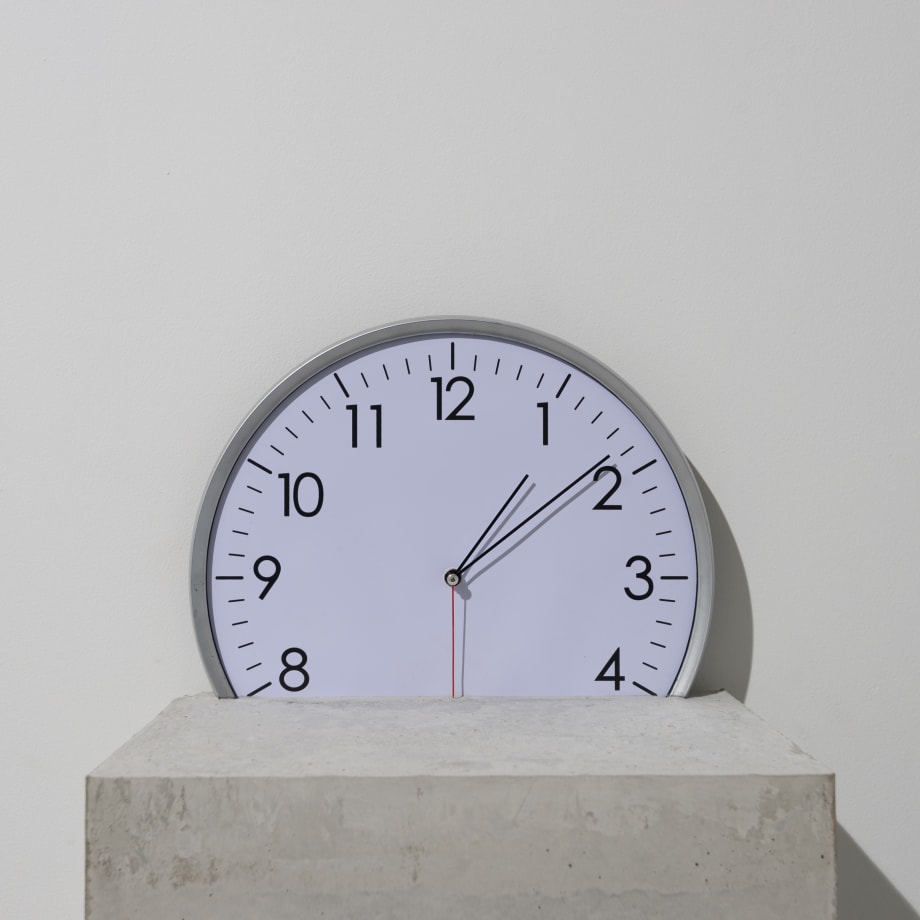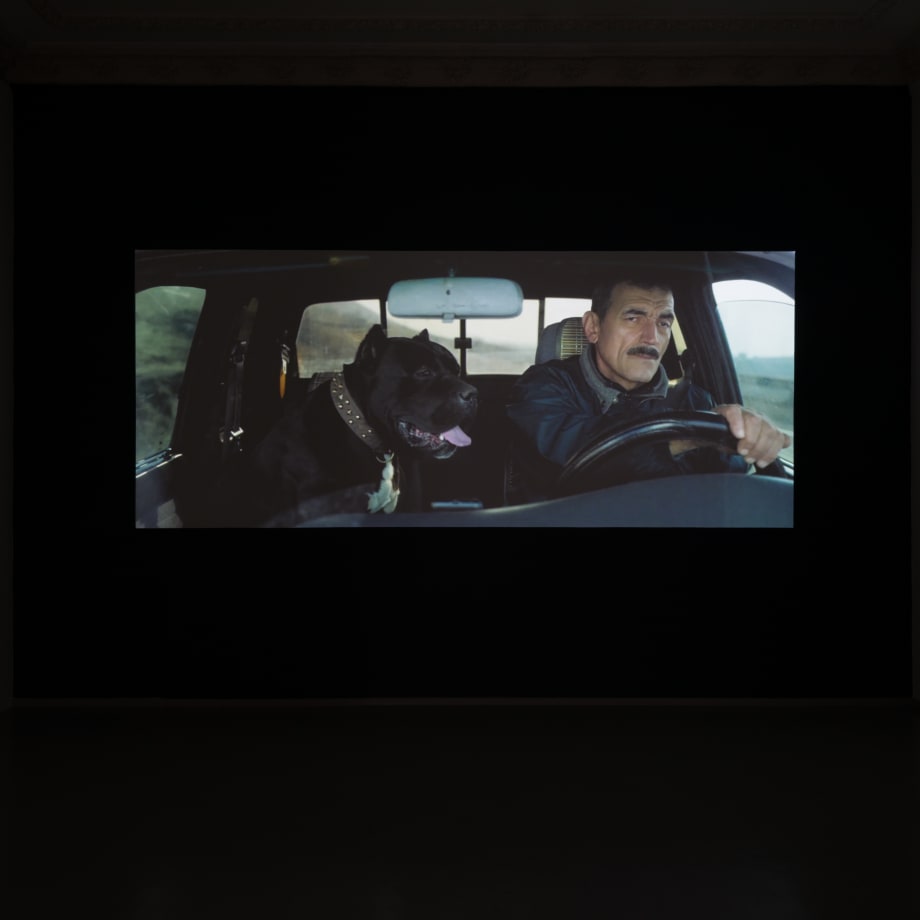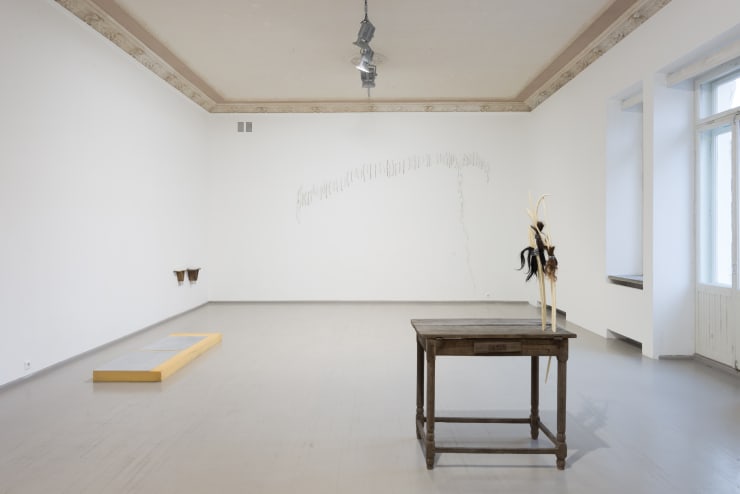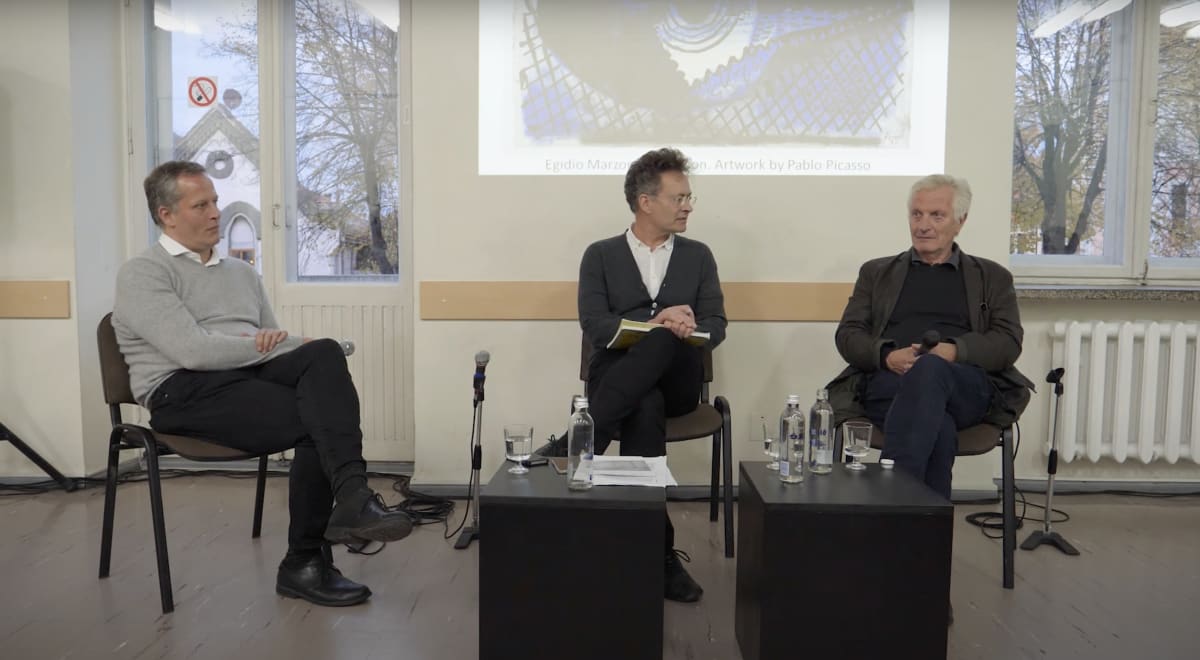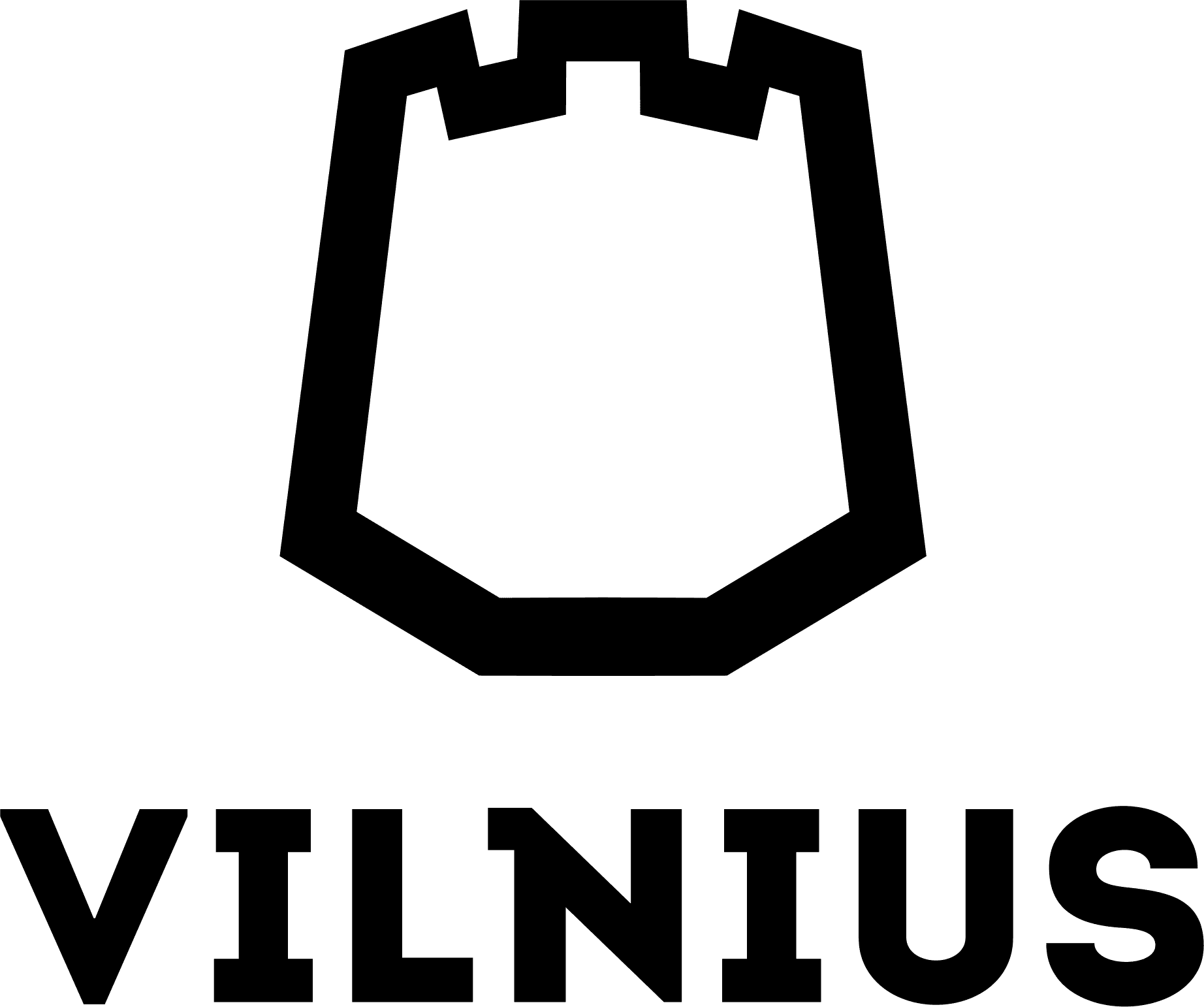VAJIKO CHACHKHIANI: ENDLESS ENDS
Vajiko Chachkhiani is an artist of material, one who believes that each medium and material has its own nature and potential. The artist doesn’t force things but simply allows his works to happen, to evolve and form their own way of expression. For example, concrete is sort of basic, both as a material but also in its purpose. Foundations are made of concrete to support buildings, but for an artist the concrete functions as a material to support the content he tries to communicate. It has a metaphorical potential to represent systems and structures created by humans which have cracks, and those cracks are what intrigue Chachkhiani the most. Chachkhiani employs a range of different materials such as objects, furniture and trees because of their iconographic qualities. They come from certain activities and contain history. The trees in the show, for example, were burned in the war in Georgia. These approaches allow the artist to articulate some existential subject matters and ask questions about the basic properties of human and other beings.
Maecenas
Živilė and Jonas Garbaravičius
Patron
Rolandas Valiūnas
Gallery supported by
Vilnius City Municipality, Vilma Dagilienė, Romas Kinka, Ararat, Lietuvos Rytas, Ekskomisarų biuras, Namai ir objektai, Farrow and Ball, Libra Vitalis
Galerija Vartai is pleased to announce the opening of the exhibition Endless Ends by the Georgian artist Vajiko Chachkhiani, who will be presenting a selection of his latest paintings, videos, objects and installations.
Vajiko Chachkhiani is an artist of material, one who believes that each medium and material has its own nature and potential. The artist doesn’t force things but simply allows his works to happen, to evolve and form their own way of expression. For example, concrete is sort of basic, both as a material but also in its purpose. Foundations are made of concrete to support buildings, but for an artist the concrete functions as a material to support the content he tries to communicate. It has a metaphorical potential to represent systems and structures created by humans which have cracks, and those cracks are what intrigue Chachkhiani the most. Chachkhiani employs a range of different materials such as objects, furniture and trees because of their iconographic qualities. They come from certain activities and contain history. The trees in the show, for example, were burned in the war in Georgia. These approaches allow the artist to articulate some existential subject matters and ask questions about the basic properties of human and other beings.
The artist thinks it is important to have an inner conflict inside a work, coming from two opposing elements that merge and form a new thing. ’What I tend to do is understand the structures of inner conflicts. Through death I tend to communicate about life and its preciousness. Through violence about intimacy, through dysfunctional matters about the poetry in things, and so on’, says the artist. However, Chachkhiani does not approach subjects and define them as positive or negative, instead he tries to understand the way things function and how far one can go by investigating the basic human properties as well as influences through politics or social parameters. He tries to communicate about human activities and to extract poetry out of nothing or where you wouldn’t expect it to be found. ’Because although war, torture, death affect the value of life, they also emphasize it to some degree – and I believe those are parameters where poetry can be found’, claims the artist.
Vajiko Chachkhiani (b. 1985), who currently lives and works in Berlin, graduated from the University of Arts in Berlin and the Gerrit Rietveld Academie of Amsterdam. His installation Living Dog Among Dead Lions is representing Georgia at the 57th Venice Biennale. His previous solo exhibitions took place at the gallery Daniel Marzonam Berlin (2017, 2015), the Yarat Residency Program, Baku (2016), Kunsthaus Dahlem, Berlin (2015), Contemporary Art Museum, Siegen (2014), The State Museum of Literature, Tbilisi (2013), BINZ39, Zurich (2012) and Gallery Gala, Tbilisi (2011). He has had group shows at, amongst others, Galleria De foscherari, Bologna (2017), Museum of Contemporary Art, Wolfsburg (2014), Bundeskunsthalle,
Bonn (2015), the Museum of Contemporary Art, Leipzig (2011), MeetFactory, Prague (2012). He has held the Arbeitsstipendium (2015) and a DAAD scholarships (2013) and was awarded the prestigious 7th Rubens Promotional Award of the Contemporary Art Museum Siegen (2014). His artworks are included in several public collections, such as Hamburger Kunsthalle, Siegen Contemporary Art Museum and Sammlung zeitgenössischer Kunst der Bundesrepublik Deutschland (The Federal Collection of Contemporary Art).

